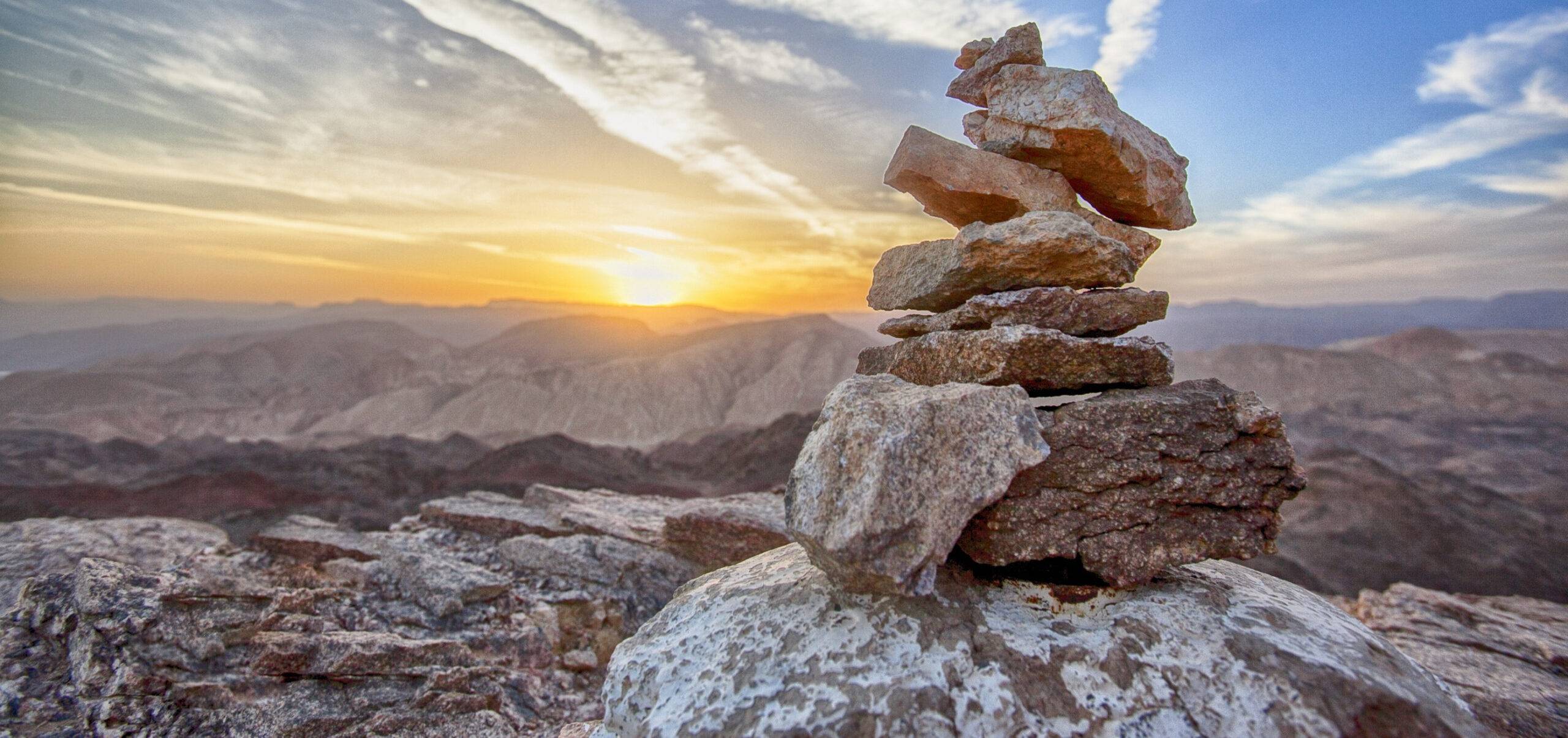Cracks are everywhere, and they often mean trouble. In the foundation of your house, in your windshield, in the tectonic plates below your feet. But, surprisingly, scientists don’t actually understand them as well as they would like.
Many people are familiar with the idea of using a 3D printer to create plastic items, but fewer realize that you can use a 3D printer to create synthetic rock samples. Such 3D-printed rock samples help physicists and engineers study rocks, as they help keep the variables of the experiment controlled.
Purdue physics professor Laura Pyrak-Nolte and her lab team works with Purdue’s Rock Physics Research Group to better understand how and where fractures form.
“The key idea is that if we understand how corrugations are produced, just by looking at a rock sample we can remotely predict fracture geometry and preferential flow paths for fluids,” Pyrak-Nolte said.
It works the other way, too. By looking at the way a rock fractures, researchers can infer something about its mineral orientation.


